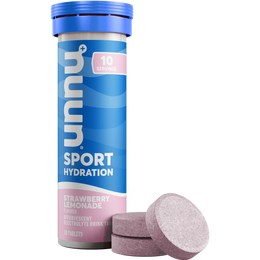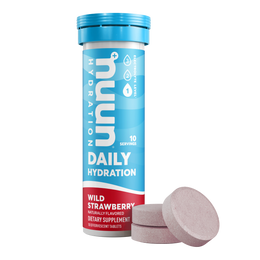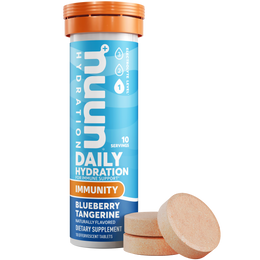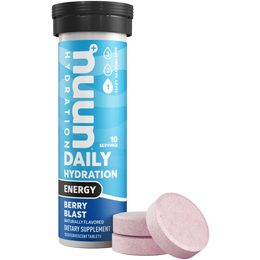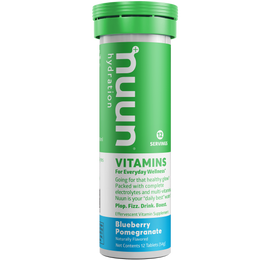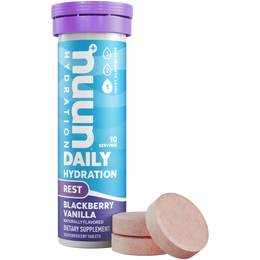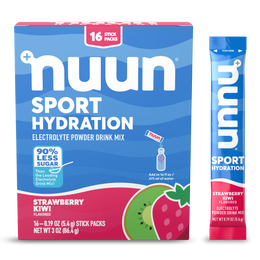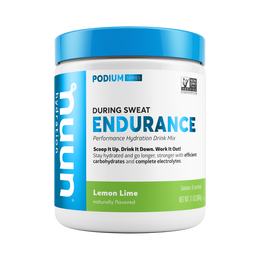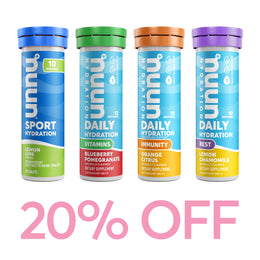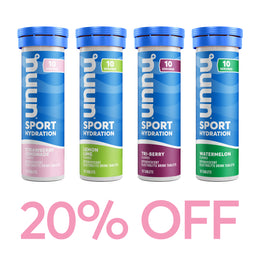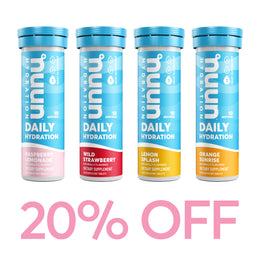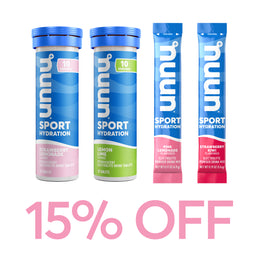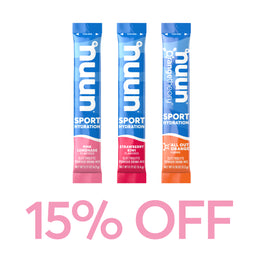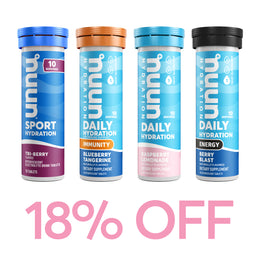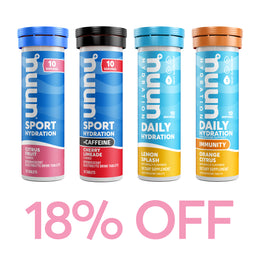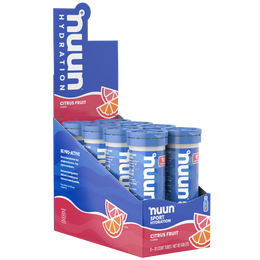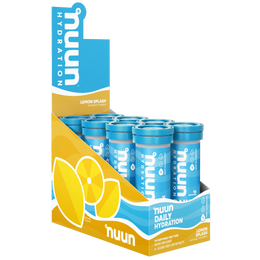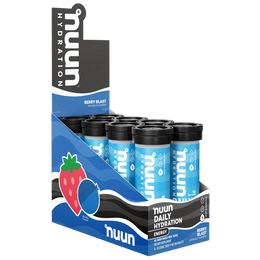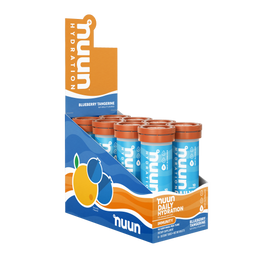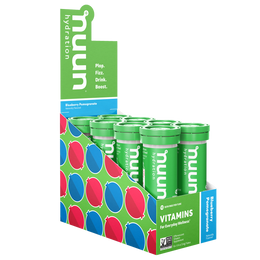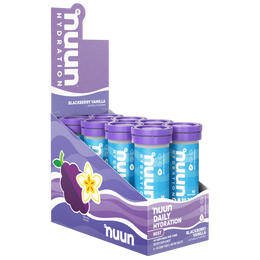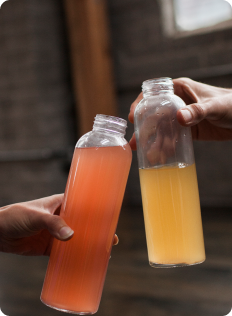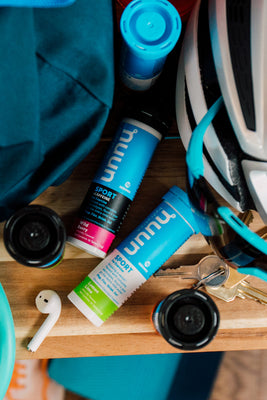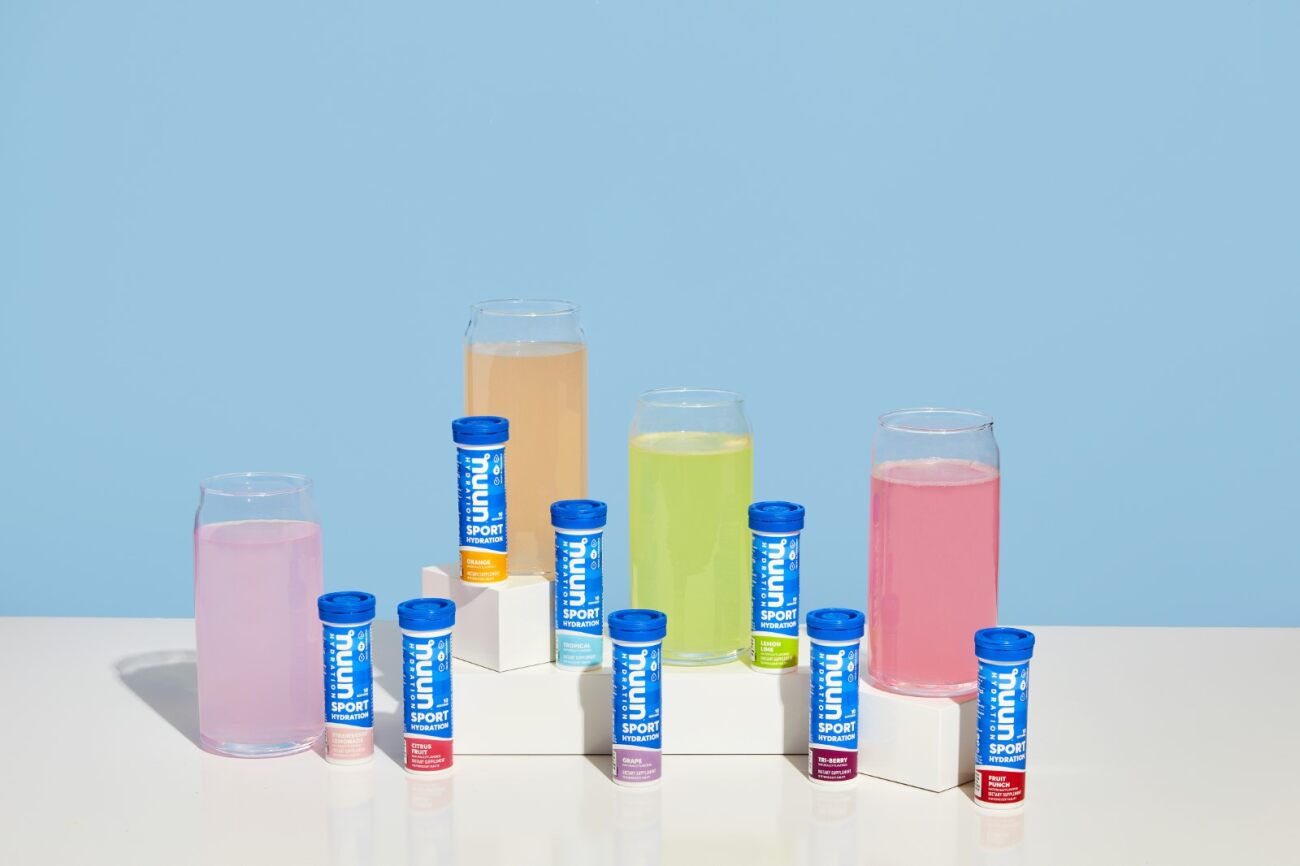10 Savvy Muscle Recovery Techniques After Workout

You may think that stiff, sore muscles are all part of exercising, but you don’t have to suffer for an extended period of time after every workout. In this article, we’ll share advice that will help your muscles recover properly.
One of the most neglected areas in fitness training is recovery. Stiff and sore muscles are a sign of a good workout, but they can be quite uncomfortable to live with. Plus, they may prevent you from really advancing your fitness levels and improving your overall health.
This is why post-workout recovery is so essential. It’s also important to consider your lifestyle when it comes to proper muscle recovery. If you get these things right, you’ll cut down on the time your muscles are sore, and improve your overall health and fitness levels
1. Hydrate, Hydrate, Hydrate
You need to always keep your body properly hydrated, and this is especially true when you’re exercising. However, it’s not just about while you’re exercising. If you’re dehydrated before you start a workout, you’ll find it that much harder to train and recover.
Pre-exercise hydration is important, but hydrating after a workout is crucial too. You need to replenish the fluids you’ve lost through perspiration. Water is always a good option, and The Podium Series is ideal for this purpose as it has carbohydrates, electrolytes and BCAAs that give your body a boost
2. Take Rest Days
A proper workout regime will always include rest days. Just like your body needs sleep to recover, it needs a full 24 hours of no intense exercise at least once a week.
If you really want to keep exercising daily, you can take active recovery days. On these days, make sure you do light exercise that doesn’t get your heart rate up. Going for a walk or doing gentle stretches keeps you active but doesn’t raise your heart rate.
3. Increase Your Protein Intake
Nothing builds your muscles like protein, and that’s why it’s an important part of your muscle recovery process.
A protein shake is a quick and easy way to increase your intake. Alternatively, you can snack on cottage cheese, eggs, Greek yoghurt or any other high protein foods you prefer. Whey and plant protein are great sources of protein. Learn more about whey protein vs plant protein here.
4. Warm Up Correctly
The warmup section of your exercise routine sets you up for a good workout, and a much better recovery afterwards. You need to take the time to wake your muscles up slowly and carefully, raising your heart rate at a consistent rate rather than jumping straight into your training.
A bit of dynamic stretching as part of your warmup will get your muscles ready and increase the blood flow to your entire body.
5. Always Cool Down Afterwards
As with your warmup, no exercise routine is truly complete without a cool down afterwards.
If you just stop exercising and go straight back to normal life, your muscles won’t have a chance to get rid of the lactic acid buildup that has been occurring while working out. You need to take a moment to get your heart rate down and let blood flow into your muscles that are burning for oxygen.
Simply slowing down your exercise—reducing your pace on the bike or slowing down your running—will give your body time to recover better. A few proper stretching exercises are also important in your cool down routine.
6. Invest In A Foam Roller
The foam roller has to be one of the best tools for muscle and workout recovery. Many people use it as part of their warm up to lengthen the muscles and increase their range of motion for exercise too.
This tool is safe to use and gives you as strong or light a massage as you desire. Plus, you can make it count as a bit of workout because you have to use your muscles to roll over it and hold yourself in the correct positions.
7. Get 7-8 Hours Sleep A Night
Living a balanced lifestyle and getting seven to eight hours of sleep every night will give your body plenty of time to recover and let your muscles get back to fighting fit. If you’re getting less sleep than this, your body won’t have the time it needs to replenish what your training took out of it.
A 20-minute power nap taken a couple of hours after a strenuous workout is a great way to reduce your recovery time too.
8. Stretch Every Morning
Many people only stretch directly before and after their workout—if even then. However, if you really want to get rid of sore, stiff and tired muscles, you need to do some form of stretching every day.
Stretching every morning is the best because it sets your body up for the day ahead. All it takes is five minutes in the morning and you have increased blood flow to your whole body. You’ll find your muscle recovery after an intense workout much better.
9. Try Compression Gear
Professional and amateur athletes commonly use compression clothing such as socks and arm sleeves, and there’s no reason you can’t too.
Research has shown that the compression increases blood flow to the area, which boosts your circulation and removes the lactic acid and other metabolic waste from your muscles. There is still a debate over whether you should exercise in the compression gear, or if you should wear it straight afterwards as part of your recovery. Try it out for yourself and see what works best for your body.
10. Massage Those Muscles
Nothing beats a good, old-fashioned massage to help your muscles recover after a big workout or increasing your overall training levels. However, it’s not always possible to head to the spa, a sports masseuse, or physio regularly.
As an alternative, you can invest in a massage device that uses percussive massage to target your sore muscles at home. A percussive device will give you an intense massage that’s different from the foam roller. Combining the two types of massage will give you the best results.
By combining these tips and taking advantage of the rehydration boost Nuun can give you, your muscles will recover far faster and with a lot less aches and pains than previously.


